Parts Of A Pool Cue 101: Your Comprehensive Guide
As a billiard enthusiast, whether you’re a casual or professional player, accurately appreciating a pool cue can make you a champion. Understanding the role of all pool cue parts is the key to helping you control your shots and determine the best pool cue that compliments your pool-playing style.
Therefore, let Pearson® experts teach you through this comprehensive guide about the anatomy and function of the parts of a pool cue. This guide will enrich your knowledge about pool cues and improve your performance.
Parts Of A Pool Cue 101
A pool cue has a two-piece structure, including a pool cue shaft and a pool cue butt. Each comes with several pool cue parts that offer specific functions to make a complete cue. Below is the anatomy of a pool cue:
Pool Cue Shafts
Pool cue shafts: the upper part of pool cue is made from wood or carbon fiber. The pool cue shaft is a crucial part that directly affects your shot.
Pool Cue Tip
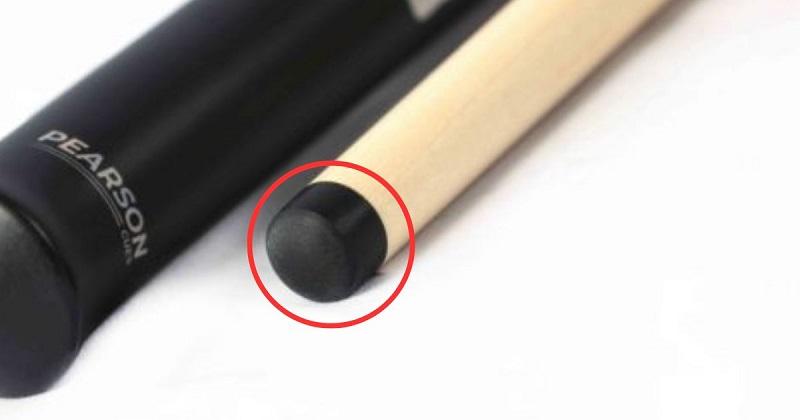
The tip is a significant part of striking the cue ball. It’s commonly around 11 mm to 13 mm in size and made of leather material. You can make a pool cue tip hard or soft, depending on your preference for playing pool. There are two principles of playing that you should apply on every hit.
- For powerful hits, use a harder tip
- For better control on every hit, use a softer tip
Pool Cue Ferrule
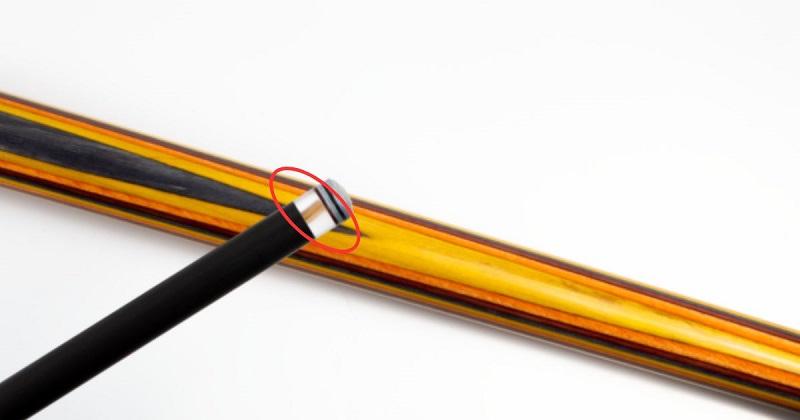
Right below the tip, there’s a white part called the ferrule. It’s strong and helps strengthen the cue tip while minimizing vibrations from your shots. If you’re starting, you might not think much about it, but advanced players look for a reliable ferrule to keep their shots consistent.
Shaft
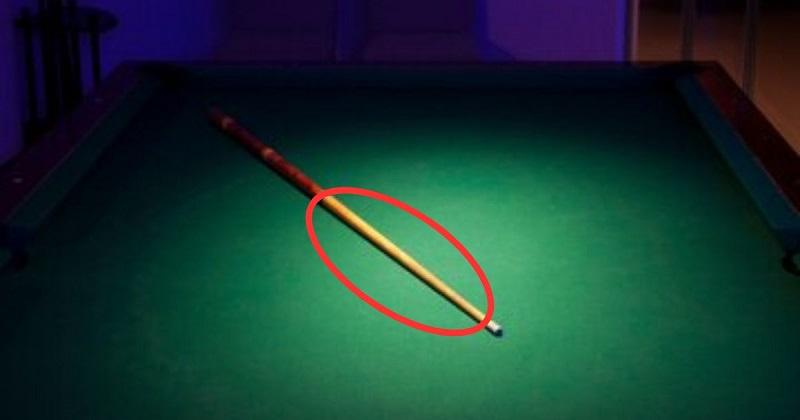
As mentioned, the shaft is the longest part of the upper section of a two-piece cue. Its material is often maple wood, but sometimes you’ll find the best pool cue shafts are made of graphite or carbon fiber. The taper of the shaft is the degree to which the material gets thinner towards the tip. The smooth wood or carbon helps you make solid and stable shots, letting the cue slide through your fingers easily.
Joint Collar
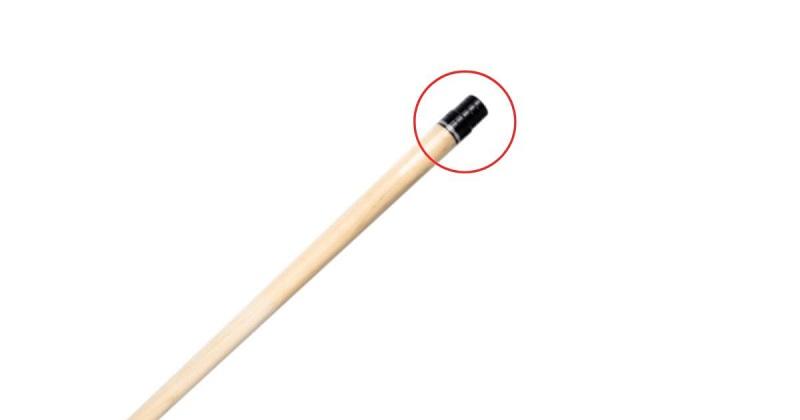
At the end of the shaft is the joint collar. It is a small band connecting the butt to the shaft. The material of the joint is important because it decides how powerful your shots will be. People use materials such as resin, wood, graphite, or metal based on whether they want more power or control for their hit.
Pool Cue Butt
The butt is the thicker bottom part of the complete pool cue. It is where your shot power comes from when you grab it with your main hand and give it the right push to hit the cue ball.
Joint Pin
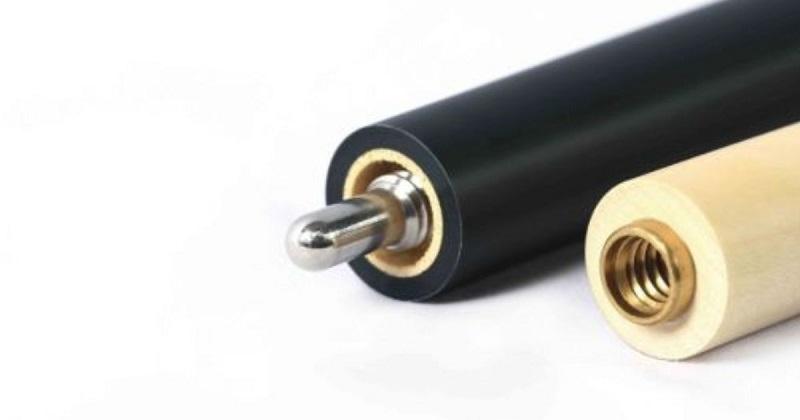
The joint pin is a metal piece at the top of the pool cue butt. It is the part connecting the top and the bottom of a two-piece cue.
Butt Collar
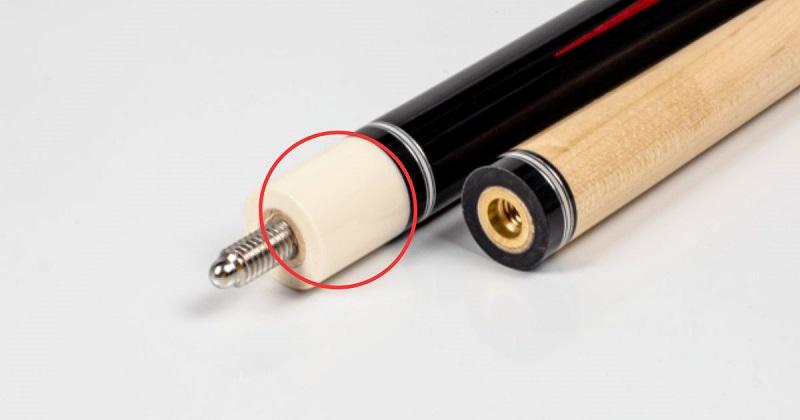
The butt collar is under the joint pin. People can make it from lots of materials, but typically it’s made from stainless steel. This collar makes a two-piece cue look like one piece, giving a perfect appearance for owners to appreciate.
Forearm
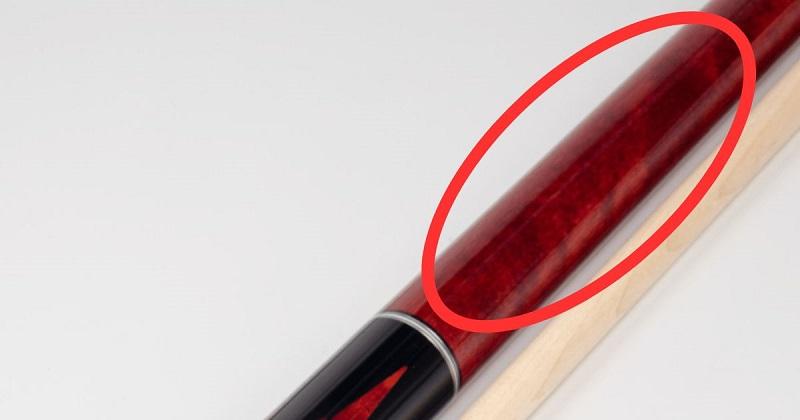
After the butt collar, there’s the forearm – it’s the longest section of the bottom part of the cue. Its material is often wood, and this part often has unique designs carved into the wood or added stickers and logos. The forearm gets a shiny coating that protects it from all the regular wear and tear a pool player might put their cue through.
Butt Sleeve

Under the wrap is the butt sleeve with a fantastic design same as the forearm. Inside the butt sleeve, there’s often a way to change the cue’s weight using bolts, so you can make it lighter or heavier whenever you want.
But Cap
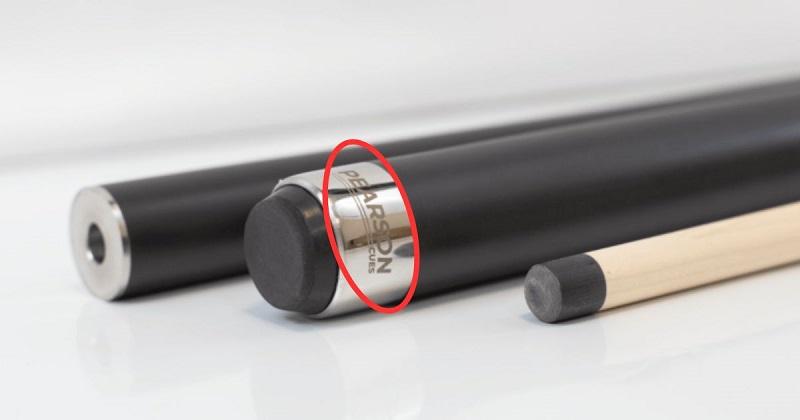
The second-to-last pool cue part is the butt cap. It helps strengthen and straighten the cue, and is also part of the interchangeable weight bolt system.
Bumper
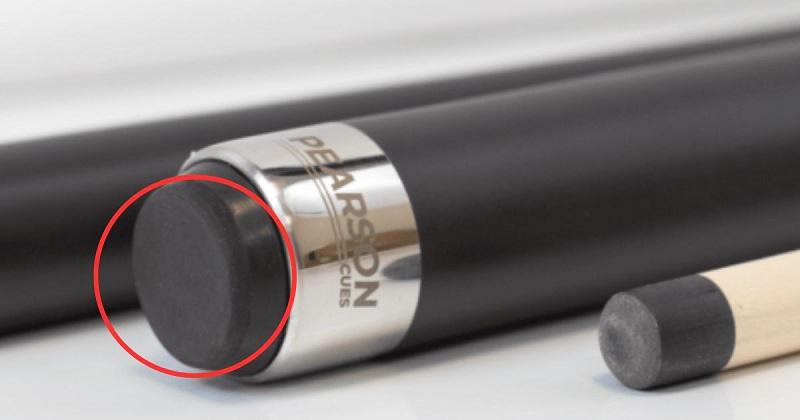
The last part of a pool cue is the bumper. It’s usually rubber and helps absorb the hit when you make a shot. Besides, the bumper also protects the cue from sudden touches when other people are waiting for their next turn.
Pearson® Cue can provide you with all the best pool cue and pool cue accessories that meet your desire. Also, they offer lifetime warranty service, fixing broken cues to satisfy you. Pearson® – a reliable pool cue brand for any billiard enthusiast.
Frequently Asked Questions
What area pool cue parts?
A pool cue commonly has 10 parts, they include:
- Tip
- Ferrule
- Shaft
- Joint collar
- Joint pin
- Butt collar
- Forearm
- Butt sleeve
- But cap
- Bumper
Each part will cover a function to make a complete cue stick that is your companion during your gameplay.
What is the bottom part of a pool cue called?
The bottom parts of a pool stick is called a pool cue butt. It comes with 6 small parts:
- Joint pin: A metal piece connecting the shaft and the butt.
- Butt collar: A stainless steel part under the pin.
- Forearm: The longest part with a fantastic design.
- Butt sleeve: A part for changing the cue’s weight.
- But cap: A part to strengthen the cue.
- Bumper: A rubber part to absorb the hit.
What is the structure of a pool cue?
A pool cue has a structure in a two-piece
- Pool cue shaft (top part): It covers the other four parts of a pool cue shaft ( tip, ferrule, shaft, joint collar) that affect your short. The hard or soft hits you make depend on this part.
*Note: You should remember to burnish the pool cue shaft to make it smoother and more precise in every game shot.
- Pool cue butt ( bottom part): It is the part that takes charge of the power of your shot, making your shot solid and consistent.
What is the top half of a pool cue called?
The top half of a cue is called the pool cue shaft. It includes 4 main parts of a cue stick:
- Tip: A leather part determines the way you hit the ball.
- Ferrule: A part strengthens the tip.
- Shaft: A part that helps your shot stable.
- Joint collar: A small band links the butt and the shaft.
In conclusion, from our comprehensive guide, players can look at parts of a pool cue and their functions. Players can choose the best cue appropriate to their style and preferences through it. They can learn what part is the most important and which can be absent to be more confident in the next competition.
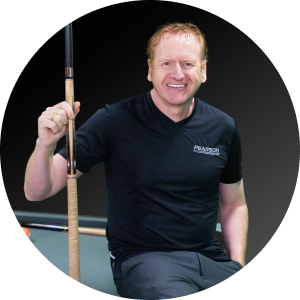
Dave Pearson
Dave Pearson, the world's leading pool entertainer, is renowned globally as the ultimate exhibition player.
Boasting 20 world records endorsed by the prestigious Guinness Book of World Records, Dave established a legendary history in the sport industry.
